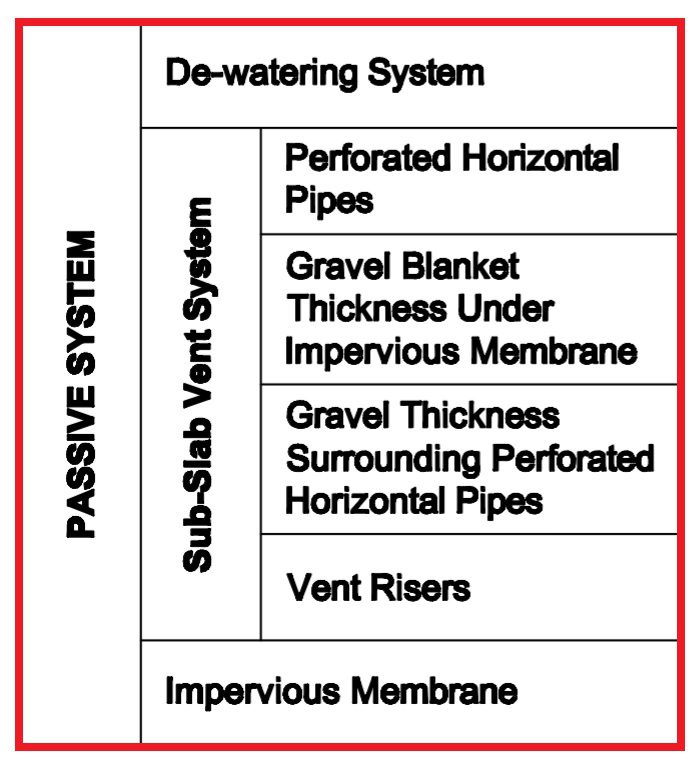Lithosphere
Lithosphere: The lithosphere comprises the Earth’s crust as well as part of the upper mantle. In fact, the lithosphere is approximately 100 kilometers thick and is relatively strong as compared to the underlying asthenosphere.
Lithosphere: The lithosphere comprises the Earth’s crust as well as part of the upper mantle. In fact, the lithosphere is approximately 100 kilometers thick and is relatively strong as compared to the underlying asthenosphere.

Subsidence “Subsidence” is a geologic condition, in which a localized mass movement occurs, resulting in the downward settlement of the earth over time. When subsidence occurs, the actual ground surface elevation is lower. This occurrence of the ground surface sinking is typically caused by groundwater table and aquifer reductions, by which the soils become more…

Environmental Law Environmental Law refers to the various categories of law that are put in place to protect the quality and condition of the earth and the environment. This sect of law aims to protect the well being of people and to preserve the earth’s natural resources, reserves, and wildlife. In fact, environmental laws apply…

Epicenter Epicenter: In the seismology branch of geology, an epicenter of an earthquake is the point on Earth’s surface that is directly above the focus (or hypocenter). It is the ground surface location overlying where an earthquake rupture originates within a dip-slip fault or strike-slip fault. Shortly after an earthquake, United States Geological Survey (USGS)…

Mesosphere Mesosphere: The mesosphere of a terrestrial planet is the third member of the atmosphere. On Earth, the mesosphere starts atop the stratosphere at approximately 50 kilometers above mean sea level and terminates roughly 85 kilometers above mean sea level. The mesosphere is where most meteors burn to determination. Like the stratosphere, the air in…

Methane Alarm System Methane Alarm System: As per the Los Angeles Department of Building and Safety (LADBS) Methane Code, Ordinance Number 175790, a methane alarm system is part of an active methane mitigation plan. A methane alarm system is a group of interacting components and circuits that synchronize to monitor and annunciate the status of…

Passive Methane Mitigation Passive Methane Mitigation: Passive systems refer to the non-mechanical and non-electric components of the methane mitigation process. These components remove the vapor intrusion risks of methane soil gas migration into buildings atop Los Angeles Methane Zones and Methane Buffer Zones. In fact, methane testing results typically indicate the necessity for a passive…